Review: LG Optimus G for AT&T
Oct 17, 2012, 12:42 PM by Eric M. Zeman
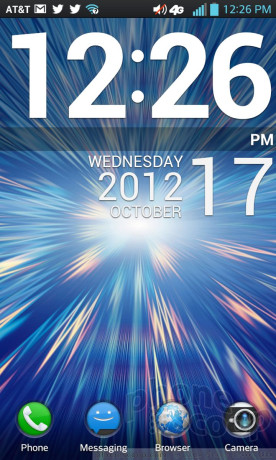
AT&T's variant of the LG Optimus G features slightly different hardware and software when compared to the Sprint variant. Is different, in this case, better? It just might be. Here is Phone Scoop's full report.
Form
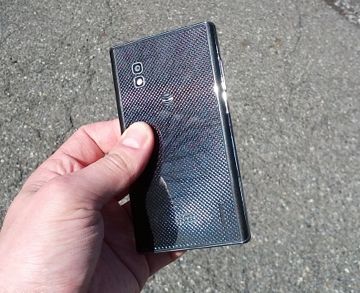
Is It Your Type?
The Optimus G brings some serious firepower to AT&T's network. This flagship Android smartphone from LG dazzles with a top-notch design and unending feature list. If you're looking for a killer device, the LG Optimus G is a solid choice for many reasons.
Body
The AT&T version of the LG Optimus G is different enough from Sprint version that Phone Scoop decided each device warranted its own review. The AT&T G is slightly shorter and wider than the Sprint G (by just 2mm and 3mm, respectively,) and it's noticeable if you hold the two phones side-by-side.
The AT&T version of the G differs from the international variant of the G. Aside from the tweaked dimensions, AT&T also asked for a few changes to the design of the G that make it a better piece of hardware than the Sprint version. Just like the other versions, it is a black slab with glass on the front and a glass-like material on the back. It's glossy, highly reflective, but could be hard to recognize from more than a couple feet away since so many smartphones are black-on-black slabs.
That change that matters most to me is that AT&T has gotten rid of the sharp edges that are on the Sprint version. AT&T also ditched the thin metallic band on the Sprint version. Instead, the AT&T G has smoothly rounded edges that feel much more comfortable when you hold the phone in your hand. It gives the device a less plastic-y feel, and improves the overall impression of quality in the build.
Thankfully, AT&T kept my favorite part of the G's design, which is the glass surfaces. The display (naturally) and the back panel are glass (or something glass-like.) The back panel has a pattern under the surface that can be seen when you tilt it in direct light. It has a cool effect that I like. Also, glass is better than plastic in my book. One thing I have historically disliked about so many of LG's smartphones are the cheap materials. The G is different. The glass really ramps up the feeling of quality. Mix that with top-notch manufacturing, and the Optimus G is a big step forward for LG in terms of bringing quality hardware to market.
Quality or not, you can't escape the G's large size, necessitated by the generous display. It's wide and tall, though LG managed to make it fairly thin. Thanks to the added width of the AT&T version, I can't quite wrap my hand all the way around the G. It's not too heavy, and the smooth front and back mean it slips in and out of pockets quite easily — even more so than the Sprint version.
The volume toggle, which is on the left edge, is perfect (and much improved compared to the Sprint version). It's certainly a cinch to find, and the travel and feedback is quite rewarding. The lock button, on the right edge, has a similar feel to it. It's easy to find and has excellent travel and feedback. The headphone jack is on top and the microUSB port is on the bottom. There are also two exposed screws on the bottom, holding the entire assembly together, which gives the G a bit of an industrial look.
The other big benefit the AT&T version has over the Sprint version is the slots on the left edge. Remove the hatch and you have access to both the micro SIM card and the microSD memory card slot. The Sprint version doesn't provide access to either. That's a huge bonus as far as I am concerned. You still can't access the battery, however.
There's no doubt in my mind that this is one of the classiest pieces of hardware to come from LG. LG clearly sees the threat from design-focused competitors such as Samsung and Apple, and has taken that threat seriously. The G is probably LG's best device in terms of the look, feel, and manufacture of the hardware. The AT&T version of the hardware is a significant step up when compared to the Sprint version in both feel and features.
Performance
Screen
The G's display is fantastic. It measures 4.7 inches across the diagonal and packs an impressive 1280 x 768 pixels. You can't see the individual pixels, even when you hold the phone up close to your eyes. The display is an LCD panel with LG's in-plane switching technology. It's simply one of the best displays I've seen on an LG device. It is crisp, sharp, bright, and colorful. It's perfectly usable outside, and I had no trouble using the camera to take pictures of my kids playing soccer on a bright and sunny afternoon.
Signal
The G did an admirable job at finding and connecting to AT&T's HSPA+ and LTE 4G networks. The G displayed three or four bars of coverage in most places I took it. More to the point, though, it never disconnected from the network nor lost signal entirely. The G always connected calls on the first dial, never dropped a call, and always delivered speedy mobile data performance. AT&T's HSPA+ network, which offers abundant coverage, is fast enough for most everyday needs. AT&T's LTE network, which is growing slowly, is just ridiculously quick. I routinely hit peak download speeds in excess of 40 Mbps with the G on AT&T's LTE network.
Sound
The G is a good voice device thanks to mostly clear calls and a loud earpiece speaker. Calls I made with the AT&T G had just a wee bit more static and background noise than the Sprint G did, but it wasn't too bad. As with the Sprint version, the AT&T version's earpiece packs a painful punch when set up all the way. I was easily able to hear callers even when standing next to cheering moms and dads at a soccer game. In quieter environs, you can turn the volume down to 50% for a really nice experience. The speakerphone experience on the AT&T G is OK, but not as good as the Sprint version. There's more noise introduced in calls, and the speaker isn't as loud. It's still acceptable to use in a low-key home or office, but not so much in a noisy coffee shop. Ringers and alerts are acceptably loud, but could be better. You probably won't miss most calls, and the vibrate alert is good.
Battery
Both the Sprint and AT&T versions of the device gave me a hard time, battery-wise. As with the Sprint variant, the AT&T G never lasted more than 24 hours in total from a single charge. It would make it from 7AM to 11PM, but just barely. Use it heavily, and you can be scrambling for a charger at dinner time. The battery did not appear to drain any faster when used on AT&T's LTE network. I used it on LTE about half the time I tested it ,and LTE had no noticeable impact on battery life. Even so, you'll need to pay attention to the battery with this device and have back-up chargers or other power supply available at all times.
Basics
Menus
The Optimus G runs Android 4.0.4 Ice Cream Sandwich with a user interface treatment from LG. AT&T made its own tweaks to the user interface that are more intrusive than the Sprint version. If the AT&T G has the better hardware, the Sprint G has the better software.
First, the lock screen. It's fully customizable. It offers four shortcuts, all of which can be changed or deleted. You can also customize which clock appears on the lock screen, and whether or not weather data and other alerts are sent to the lock screen. Good stuff.
There are three home screen panels for customization out of the box, but you can delete or add screens if you wish. There are a multitude of widgets on board. Again, these can all be set however you wish them to be. I really like the animations used by LG for screen transitions. There's a cool 3D effect that is a step-up in terms of awe factor. You can tell that LG put in a bit more effort to make the Optimus G's experience that much better than its older phones.
The main menu is a regular old grid of apps. Thankfully, you have some flexibility as far as customizing it is concerned. You can view it with large icons (default) or small icons to fit more apps on each individual page. You can sort apps alphabetically or via install date. You can't, however, view them in list form.
The drop-down notification shade provides access to all the wireless radios as well as brightness, rotation, sound, and the QuickMemo apps. Very cool.
The one thing that really drives me nuts is how AT&T has treated the Settings menu. Most Android 4 devices have an easy-to-use Settings menu that's laid out on a single page. Rather than take that approach, AT&T has broken the Settings menu(s) into four separate tabs (Radio, Personalize, etc.). In the week I've been using the G, I never quite got the hang out which Settings tools were under which of the tabs. It's a pain in the butt, and requires a lot more futzing and pressing than the single-screen layout does. Boo, AT&T.
This gripe aside, even the AT&T G provides users with a flexible platform that they can fully customize and make your own. The G also comes with different home screen themes (each with its own wallpaper and app shortcuts), and of course the ability to tweak ringers, alerts, and so on. You can even customize the app icons with photos you've taken yourself.
As far as performance goes, the Optimus G uses a Qualcomm Snapdragon S4 quad-core processor. You can tell. It's fast as blazes. Seriously, it is leaps and bounds faster than any other LG device I've ever used. To call it the fastest LG smartphone ever - while true - would be a gross understatement.
Calls and Contacts
LG hasn't done anything to spruce up the appearance or function of the phone and contact apps. They look and behave just as they do on every other Android 4.0 device out there. As far as widgets go, there are the usual home screen widgets for direct contacts, as well as the a nice widget for a collection of your favorites. The bigger widget lets you access your top nine contacts and gives you a cool UI for interacting with them on the home screen.
Messaging
As far as messaging goes, the G has the stock Android tools on board. The SMS app offers nice, threaded conversations; the Gmail/email apps are great ways to manage your inbox; the Google+ and Google+ Messenger apps are good for keeping up with your G+ activity; and the Google Talk app is as powerful as ever for IM and video chats.
The native Facebook and Twitter apps are pre-installed, as well as embedded in the operating system. Sharing things with your social networks is never more than a Menu button out of reach.
AT&T and LG have also added two separate social network widgets that pull status updates from both Facebook and Twitter and put them in a single spot. It's an OK widget, and takes advantage of the native Android system support for these social networks. As is often the case, the full Facebook and Twitter apps offer a richer set of features than these generic widgets do, but at least the widgets consolidate social networking into one panel on your home screens.
Last, AT&T's catch-all IM app is available. This app can work with GTalk, as well as with AIM, Windows Live, and Yahoo IM. It's a bit clunky as far as I am concerned, but the Sprint version doesn't offer this feature out of the box.
Extras
Media
The Optimus G offers the expected native Google media applications. The ultra-simple Music app is on board, as is the simple video playback app. These are joined by the Google Play Store, Play Music, Play Movies, and Play Books apps. The Store is a fine place to discover and download all sorts of content, ranging from apps to tunes to movies and so on. Each of the separate apps is then used to playback that specific content. The native YouTube app is also included.
AT&T's Live TV app is included. This app streams live and prerecorded TV shows to the G. You can see content from the likes of CNN, FOX, Disney Channel, and so on. The video is streamed over the network. I found it performed significantly better over LTE than HSPA+. Video was cleaner and the sound was clearer.
One thing that's cool is an app called SmartShare. This app makes use of the DLNA powers on board the G to ease the pain of connecting with and sharing content to HDTVs and other DLNA-compatible equipment. I found the app intuitive to use and managed to pair the G to my TV set with no trouble.
Camera
The AT&T version of the Optimus G steps the camera down from the 13-megapixels found in the Sprint version to 8 megapixels. If you think that means the pictures aren't going to be as good, think again. (More on that below.) The AT&T G uses the same camera app that's on the Sprint version of the G.
If you're the point-and-shoot type, just use the big shutter button on the screen (there's no physical camera button). You can also easily jump to the video camera, user-facing camera, and video camera from these controls.
There's also a srip of advanced controls in the viewfinder. If you fancy yourself an artiste and want to ensure the best shot possible, these are the buttons you'll need to press in order to fine-tune the camera. The G offers plenty of cool features, including panorama, HDR, continuous shot, "Cheese shutter" (predetermined voice commands make the shutter file), and a Time Catch shot mode for timed bursts.
These tools all work as expected, though I thought the HDR capture mode was a bit slow when compared to other devices. The Time Catch mode is tricky to learn. It is essentially a tool for taking five rapid shots (including a few from before you pressed the button) so you can pick the best one. It's probably a good tool to use when taking pictures of kids who won't sit still. It takes a few tries to figure out how best to time it.
The rest of the controls (exposure, ISO, white balance, etc.) are easy enough for any old zombie to figure out.
Oh, and the G's camera flies. Absolutely nothing slows down the performance of this camera. It is as fast a camera as I've ever seen on a cell phone.
Photos
The AT&T G, with its 8-megapixel camera, takes visibly better pictures than the Sprint G's 13-megapixel shooter. I can't tell you why. Images are sharper, have better clarity, and much better low-light detail. Exposure and white balance is on par with the Sprint version. The improved focus and contrast on the AT&T G are enough to make images pop in a way that they don't with the Sprint G.
As far as I am concerned, the LG Optimus G's 8-megapixel camera is on the same playing field as the 8-megapixel cameras found in the Samsung Galaxy S III, HTC One X, and Apple iPhone 5. That's a very good thing.
Video
I could not tell any difference between the video quality of the AT&T G versus the Sprint G. Both were clear, exposed properly, and showed accurate colors. The videos were a bit shaky-looking when shot at 1080p HD, but you can dial the resolution down to get a smoother look. When shooting in 1080p, you want to be as still as possible. Drop the resolution to 720p and the results improve dramatically when panning the G around.
Gallery
The G uses the stock Android 4.0 gallery app. It's a fine app for controlling your photos. I find it really easy to share pictures via this gallery app to pretty much any social network you want to, and managing your separate photo libraries is a snap.
Rotate and crop features can be accessed quickly, and a more fully featured editing app loads automatically when you select the "Edit" button. It lets you adjust color, apply filters, reduce red-eye, and other fine-tuning. The editing features are nice to have and can make a questionable photo a usable photo. There is also a simple video editing tool that lets you stitch together separate video clips into a longer clip. I thought it was easy to figure out.
Apps
There are 56 apps pre-installed on the AT&T version of the Optimus G. Most of them are Android apps, but a fair share are AT&T apps (Code Scanner, FamilyMap, Locator, Ready2Go, Smart Wi-Fi, etc). Of course the Google Play Store is available for downloading more apps. Most of the preloaded apps cannot be deleted, but there's more than enough room on board the G for your own.
Bluetooth
The G's Bluetooth 4.0 radio worked perfectly. I had no trouble pairing it with a half dozen different devices. Phone calls routed to my car's hands-free system were OK, but not nearly as good as those I experienced with the Sprint version of the G. Music worked well, though, via Bluetooth headphones.
Browser
The G has both the standard Android browser installed and Chrome. Whichever of the two included browsers you choose, the G does well as a browsing device over AT&T's HSPA+ and LTE networks. I found the G to be a zippy browser of the interwebz via both the stock Android browser and Chrome, both of which do a fine job of rendering web pages.
Clock
Out of the box, the G offers the same lock screen clock performance that most other Android devices do. There's a white digital clock on the home screen that can/cannot be seen easily on light wallpaper.
HOWEVER, the G lets you sub in a massive digital clock that is so large it can be read from the moon. It's seriously awesome. Way to go, LG.
GPS
Google Maps is the only mapping software pre-installed on the G. If that's all you ever use, you'll be fine. It is a capable piece of software for discovering local points of interest and routing directions to them. As far as the GPS radio is concerned, it is quick to locate and accurate. I found that it pegged me in about 10 seconds and to within 10 feet. Pair these with the ultra-fast performance of the G's quad-core processor, and you have an excellent navigation device in the Optimus G.
QuickMemo
The Optimus G also includes the QuickMemo app. QuickMemo lets users capture a screenshot and then open it in the Notebook app. The Notebook app lets you scribble on the screenshot with various pen styles and in various colors. You can add your own scrawled text, or insert actual typed messages. You can erase the notes and leave the background unaffected. You can attach additional content, such as photos or videos, and send them all together as a package via email, SMS, Google+, Picasa and so on. QuickMemo on the G is hindered somewhat by the lack of a stylus, however.
Wrap-Up
Wow, LG. Well done. I've been disappointed with nearly every smartphone made by LG for the last few years. The Optimus G erases those failures and elevates the game. The Optimus G may not be perfect, but it is as close as LG has ever come to perfection.
The Optimus G is a solid competitor to the Galaxy S III, HTC One X, and iPhone 5. I like the G's hardware much more than I do the GS3 and I'd put it on par with the iPhone 5. The screen is killer; the voice/signal performance very good; the build quality the best to come from LG's manufacturing facilities; and the 8-megapixel camera is very competitive. I do wish battery life were a bit better, though.
AT&T's version of the Optimus G is clearly better when it comes to the hardware, but its UI tweaks are more annoying than those made by Sprint. Any way you look at it, the LG Optimus G is a looker and a performer.
Comments
LG finally Got it
I liked LG way back in the day looks like they were lost for
awhile.


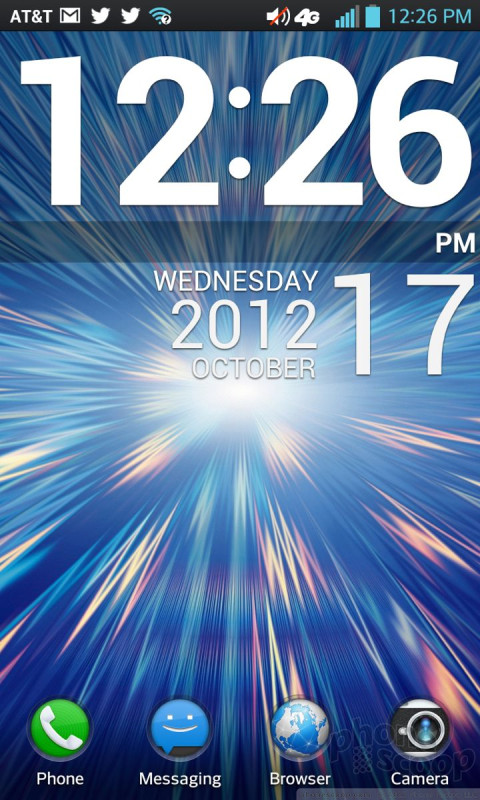






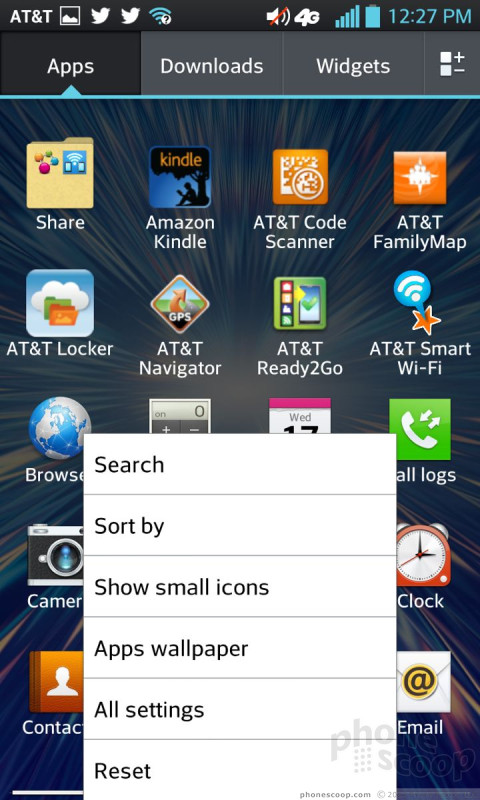





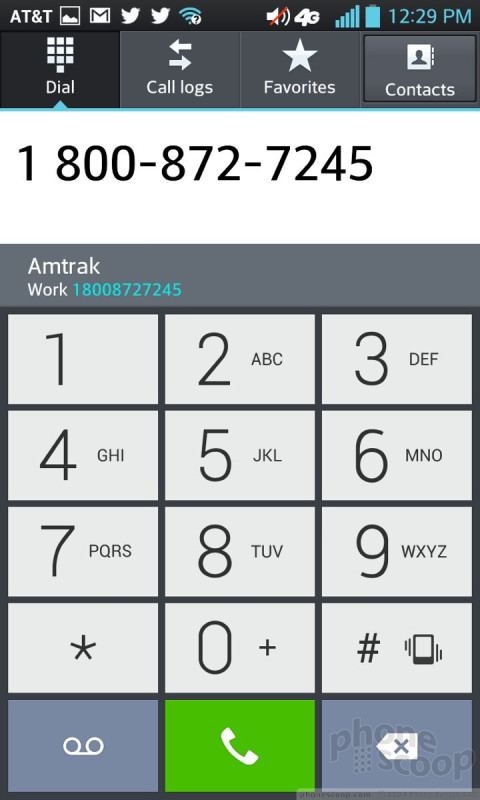










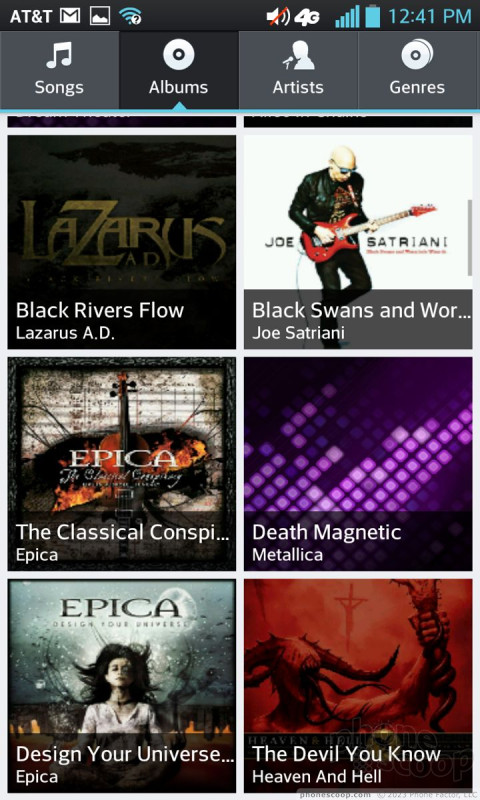




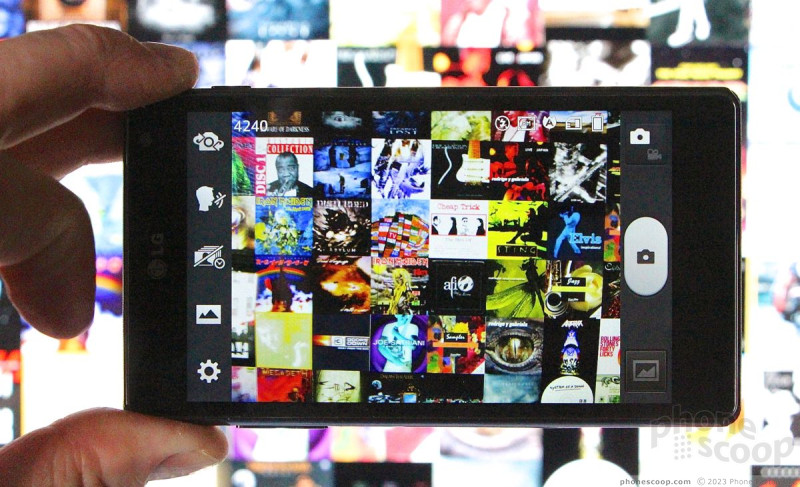




















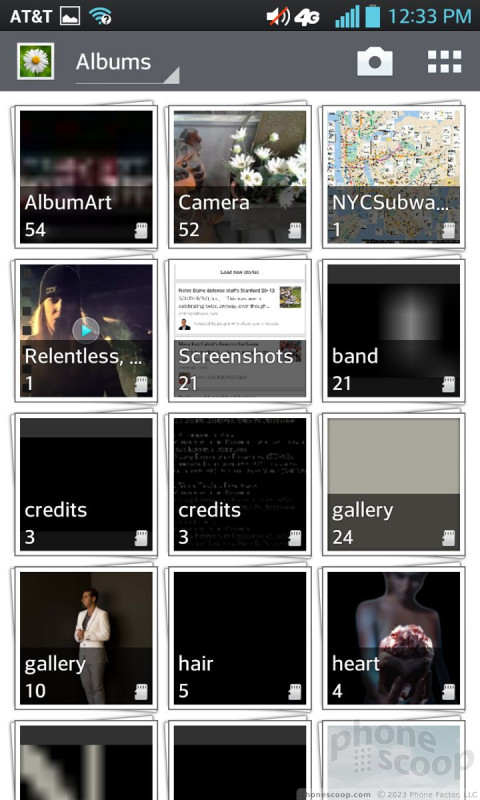






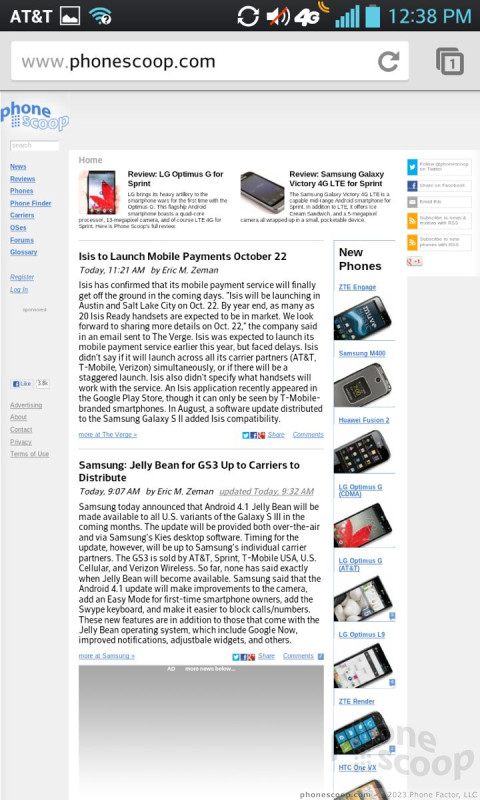




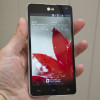 Hands-On: LG Optimus G
Hands-On: LG Optimus G
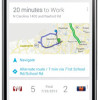 Carphone Warehouse Lists 'Nexus 4' For Sale
Carphone Warehouse Lists 'Nexus 4' For Sale
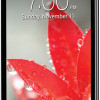 Sprint's Optimus G Follows AT&T's on Nov. 11, Also $199
Sprint's Optimus G Follows AT&T's on Nov. 11, Also $199
 LG Optimus G (AT&T)
LG Optimus G (AT&T)




